
A last glance around the room: everything is wired up. Equipment and instruments wait quietly in their places; the smell of fresh-cut timber lingers in the air. I flick the switch and lights illuminate the space for the first time. Pieces of gear blink and hum as they power up—the studio sparkles back at me.
Late 2014, after flogging ourselves with gigs and tours up and down the east coast, as well as an international tour, my acoustic duo Guyy & the Fox opted for a break from gigging. Come 2015, we hoped to rest and regain some sanity—and to start thinking about recording our first album.

That same year, my brother Adam, chief roadie/sound engineer for all my local gigs, had taken his interest in audio a step further and begun experimenting with recording. I opted to be his guinea pig and we set off with the intention of making an album with some basic gear. After recording at home with mixed results, we quickly found that having a microphone and a decent instrument was only a fraction of the recording equation.
More than half sound the reaches your ears is reflected off a nearby surface first – every material will absorb and reflect certain frequencies differently, “colouring” the sound with the imprint of the space. For example, when you sing in the shower, the sound of your (great) singing voice will bounce around the room, building and layering the reflections to create much larger sound than if you sang in a less reflective space, like outside in a field.
After discovering that the quality of our recordings would be dramatically affected by the space we recorded in, we started looking into different options.
In 2013, my family had bought a farm in Canberra’s south. The first building erected was a large shed, used to store agricultural supplies. A section of the building was put aside for an alternative project—and in 2015, Adam and I put our heads (and wallets) together and started dreaming up plans for building a recording studio in that section. We aimed to not only work on my own projects but to start working with other artists on their albums—what had started off as a hobby was quickly turning into a serious passion. My obsession with all things audio had kicked off.
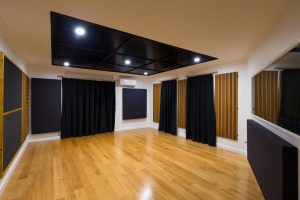
As part of the research for the studio, we managed to coax local audio wizard Kimmo Vennonen onto the property to share some direction on the design. His advice was invaluable, and we set about building the entire space from the ground up.
With the help of friends and family, we DIY’d our way through the whole process, building walls, laying floating floors, fitting windows, plastering, painting, building a kitchen and handling enough fibreglass to give me nightmares for life. After more than half a year of building and roughly 1 million trips to Bunnings, we were setting up our first microphone, ready to find out what our hard work sounded like. The results blew us away, instruments finally sounded as they should if not better than in real life – the room held no nasty frequencies and only aided to bolster the instruments natural sound. We had come to the end of our quest for quality in the recordings, but were only scraping the surface of what recording music is all about.
As my interest in audio grew, so did my passion for working with artists. I understood the importance and role of a producer: not only interpreting an artists’ vision and bringing it to life, but managing entire projects, organising musicians, and ensuring everything runs smoothly from start to finish. A big part of a great performance in the studio or on the stage is feeling comfortable. At Amberly Studios, I wanted to make a place that is inspiring and relaxing for musicians to share and create art. Thanks to the magic of the surrounding mountains and river, the studio has come together to make for the perfect creative retreat.
Making Music
Recording music begins with finding the right producer. Start off by researching the genre they specialise in and listening to examples of their work. Next, you’ll move on to one-on-one meetings with the producer to workshop your music, trying new ideas or simply OK’ing the songs prior to hitting the studio.

The next part is heading into the recording studio itself and setting up mics, plugging in your portable fairy lights and every lamp you can lay your hands on, as well as basking in the glory of all those flashy lights and buttons you’ve seen in #recording on Instagram. Once the tracks have been recorded, the best versions will be kept and edited, ready for the mixdown session.
Mixing means balancing all the recorded and edited parts of a song into a stereo track. This process is itself an art form, with an infinite amount of ways to cut the same cake. The ideal room for mixing the recorded parts together is different to the recording room. Where a recording space is designed to enhance and bolster the instruments sound, the mix room is designed to be sonically flat, introducing no reflections of its own.
Once the parts are balanced and summed into one file, the track is finished off by a mastering engineer. Mastering a track is the process of ensuring sonic continuity for the listener across an album as well as making any last minute tweaks to each track. Different platforms such as Spotify and YouTube also have different requirements when it comes to mastered audio.
The steps mentioned can be covered by several different audio engineers, with the producer overseeing the whole process. But these days it is common for the producer to take on all or the majority of these roles with mastering usually being the only thing that is outsourced.
Recording music is a collaboration between an artist and the producer/engineer, with each party’s creative style being added to the pot – the result becoming more than just the sum of the parts.
For all quotes and bookings, Amberly Studio’s website can be found here.












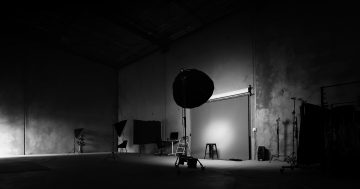
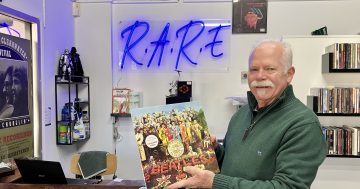
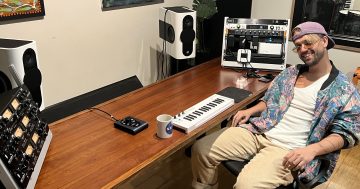
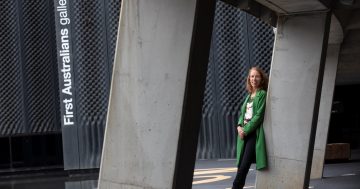

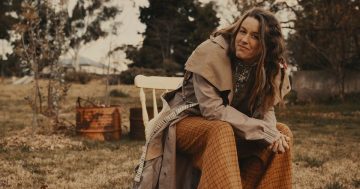
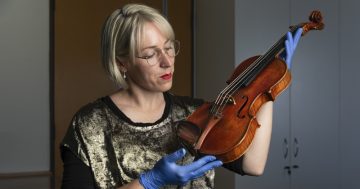

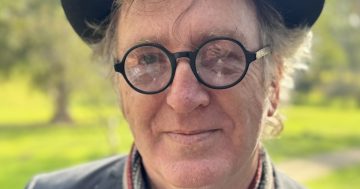

Justsaying, I'm not solely using population numbers as a reason but rather as an example around how… View